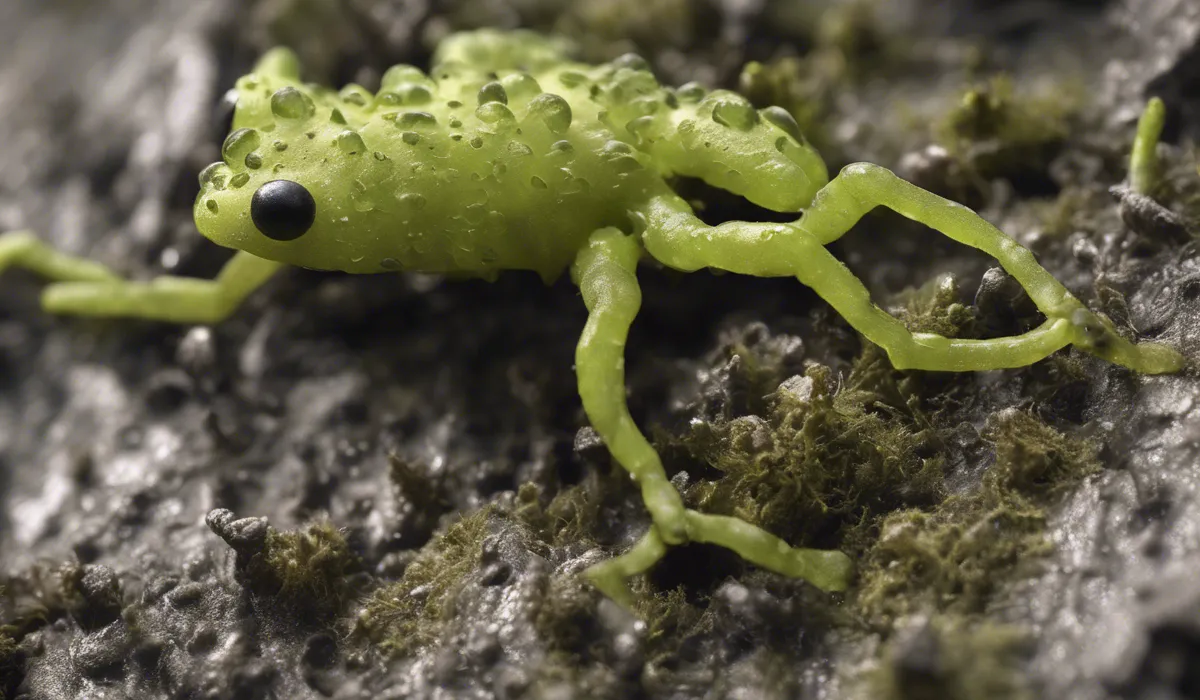Mold is biotic. It consists of fungi, living organisms that grow and reproduce. Mold plays a role in natural ecosystems by decomposing organic matter.
Understanding Mold

Definition of Mold
Mold is a type of fungus, a living organism that grows in multicellular structures called hyphae.
These hyphae form a network called mycelium, which we often see as a fuzzy or slimy layer on various surfaces.
Molds are found almost everywhere and can grow on virtually any substance as long as moisture and oxygen are present. They play a significant role in nature by breaking down dead organic matter.
Types of Mold Commonly Found in the Environment
There are thousands of mold species, but some are more common than others. Cladosporium, Penicillium, Aspergillus, and Alternaria are frequently found in homes and outdoor environments.
Each type of mold has unique characteristics and can be found in different areas, ranging from damp basements to decaying vegetation outdoors.
Physical Characteristics of Mold
Mold can appear in a variety of colors, including black, white, green, or orange. It often looks like a stain or discoloration on a surface and can have a velvety, fuzzy, or slimy texture.
When mold reproduces, it releases spores into the air, which are too small to see with the naked eye but can cause allergic reactions in some people.
Mold Growth Requirements
Mold needs four main things to grow: a food source, which can be any organic material; moisture, to help it spread and reproduce; warmth, as most molds thrive in warm environments; and oxygen.
Without these conditions, mold cannot survive. This is why controlling dampness in homes and buildings is essential for preventing mold growth.
The Abiotic and Biotic Factors in Ecosystems

Definition of Abiotic Factors
Abiotic factors are the non-living parts of an ecosystem that can affect living organisms. These include elements like sunlight, air, water, minerals, and climate conditions.
They play a critical role in the survival and growth of organisms, including mold, by influencing the environment in which they live.
Examples of Abiotic Factors That Affect Mold Growth
Mold growth can be influenced by several abiotic factors. Temperature is crucial; most molds prefer warm conditions but some can also grow in cooler temperatures.
Humidity is another significant factor; higher levels of moisture in the air provide the ideal environment for mold spores to settle and grow.
The pH level of a substance can also affect mold growth; molds generally prefer slightly acidic to neutral pH environments.
Definition of Biotic Factors
Biotic factors are all the living components of an ecosystem, including plants, animals, bacteria, and fungi like mold.
These factors interact with each other in complex ways, forming relationships that can be competitive, predatory, or symbiotic.
Biotic factors influence the survival, reproduction, and population dynamics of organisms within the ecosystem.
How Mold Interacts with Other Biotic Factors?
Mold interacts with other living organisms in various ways. It can compete with bacteria and other fungi for nutrients and space.
Some molds have symbiotic relationships with plants, helping them absorb nutrients while receiving sugars in return.
In some cases, mold can be harmful to other organisms, such as when it grows on food and produces toxins that can make people and animals sick.
Mold as a Biotic Component in Ecosystems

Evidence Supporting Mold as a Living Organism
Mold demonstrates all the basic characteristics of life. It grows, responds to its environment, reproduces, and requires energy to sustain its life processes.
Under the right conditions, mold spores will germinate, grow into hyphae, and form mycelium. This process clearly indicates that mold is a living, biotic entity.
Mold’s Role in Ecological Systems
As a decomposer, mold has a vital role in ecosystems. It breaks down dead organic material, recycling nutrients back into the soil.
This process supports the growth of plants and contributes to the health of the ecosystem. Without decomposers like mold, dead matter would accumulate, and nutrients would become locked away, unavailable to other organisms.
The Life Cycle of Mold
The life cycle of mold begins with a spore which, when landing on a suitable surface, germinates and grows into hyphae.
These hyphae develop into a mycelium that spreads across the surface. Eventually, the mold produces spores that are released into the air to start the cycle anew.
This process of growth and reproduction can happen rapidly, often in a matter of hours or days.
How Mold Reproduction Fits Into the Biotic Category?
Mold reproduces both sexually and asexually, with asexual reproduction being more common.
In asexual reproduction, mold releases spores that can grow into new organisms. In sexual reproduction, two different mating types of hyphae fuse together, leading to genetic recombination and the formation of new spores.
This capacity for reproduction is a definitive trait of living organisms, confirming that mold is part of the biotic community within ecosystems.
FAQs About Mold Biotic or Abiotic
Is mold considered a biotic or abiotic factor?
Mold is considered a biotic factor because it consists of fungi, which are living organisms.
Can mold reproduce and grow like other living organisms?
Yes, mold can reproduce and grow, characteristic of living (biotic) organisms.
What role does mold play in the environment?
Mold plays a crucial role in natural ecosystems by breaking down and decomposing organic matter.
Are molds part of the ecosystem’s living components?
Yes, molds are part of the ecosystem’s living (biotic) components as they are composed of living fungi.
Do molds contribute to the nutrient cycle in nature?
Yes, molds contribute to the nutrient cycle by breaking down dead organic material and returning nutrients to the environment.
Final Thoughts
Mold is unequivocally a biotic element, as it comprises fungi, which are living organisms with the capacity to grow and reproduce.
Its existence and proliferation are integral to ecological balance, given its essential function in breaking down and recycling organic material within natural environments.
